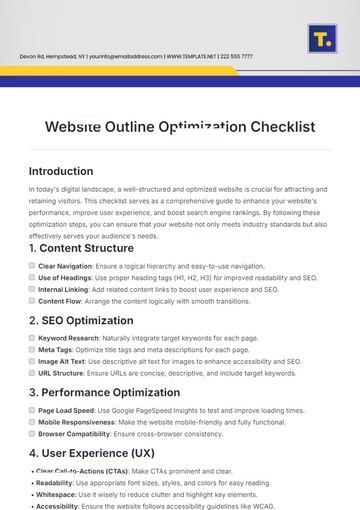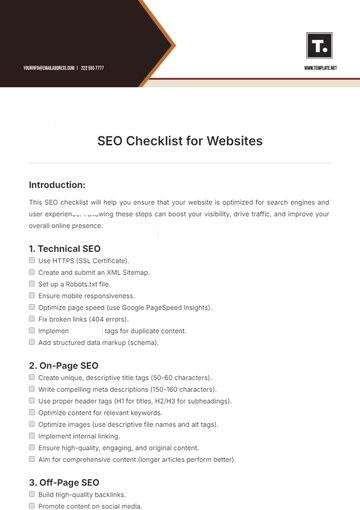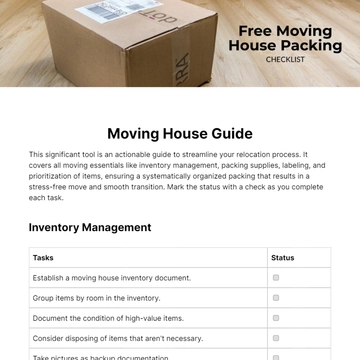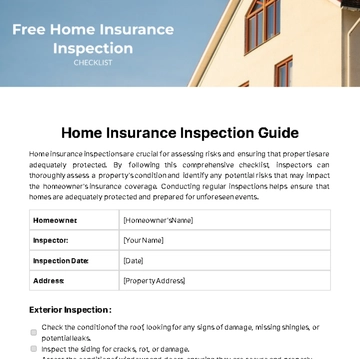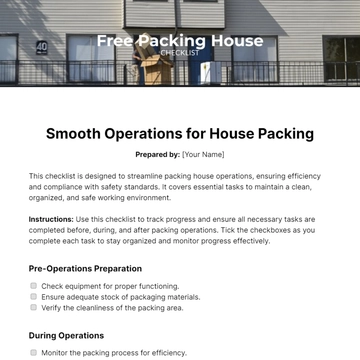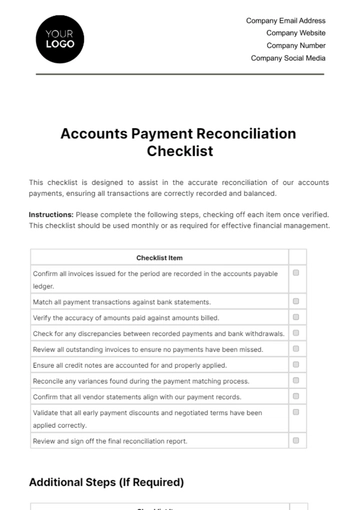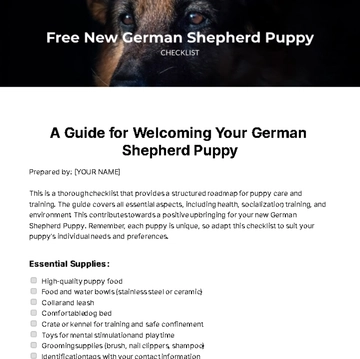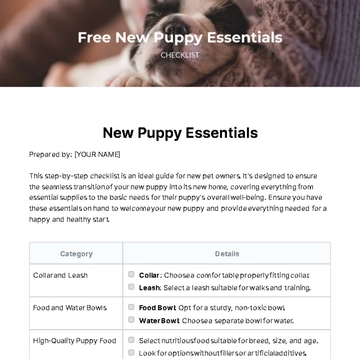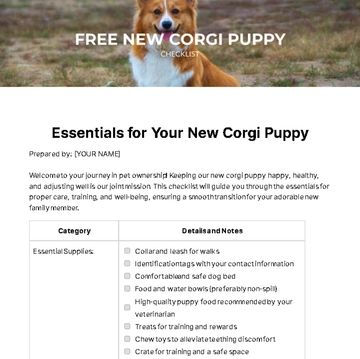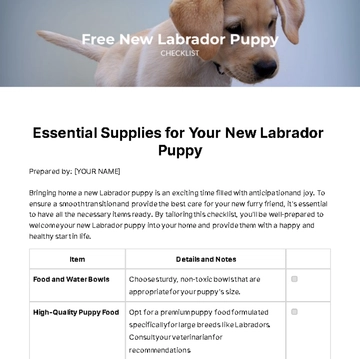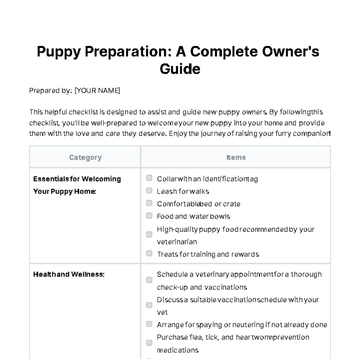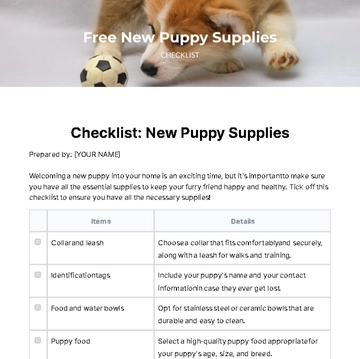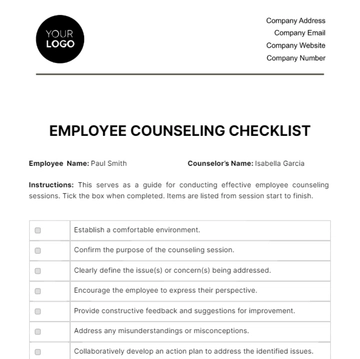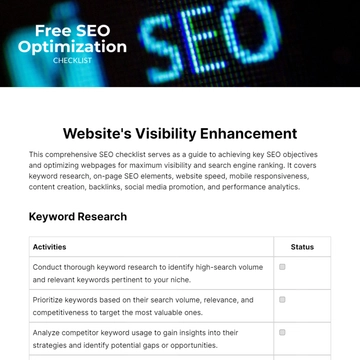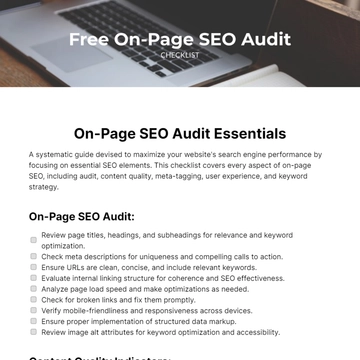Free Local Business SEO Checklist
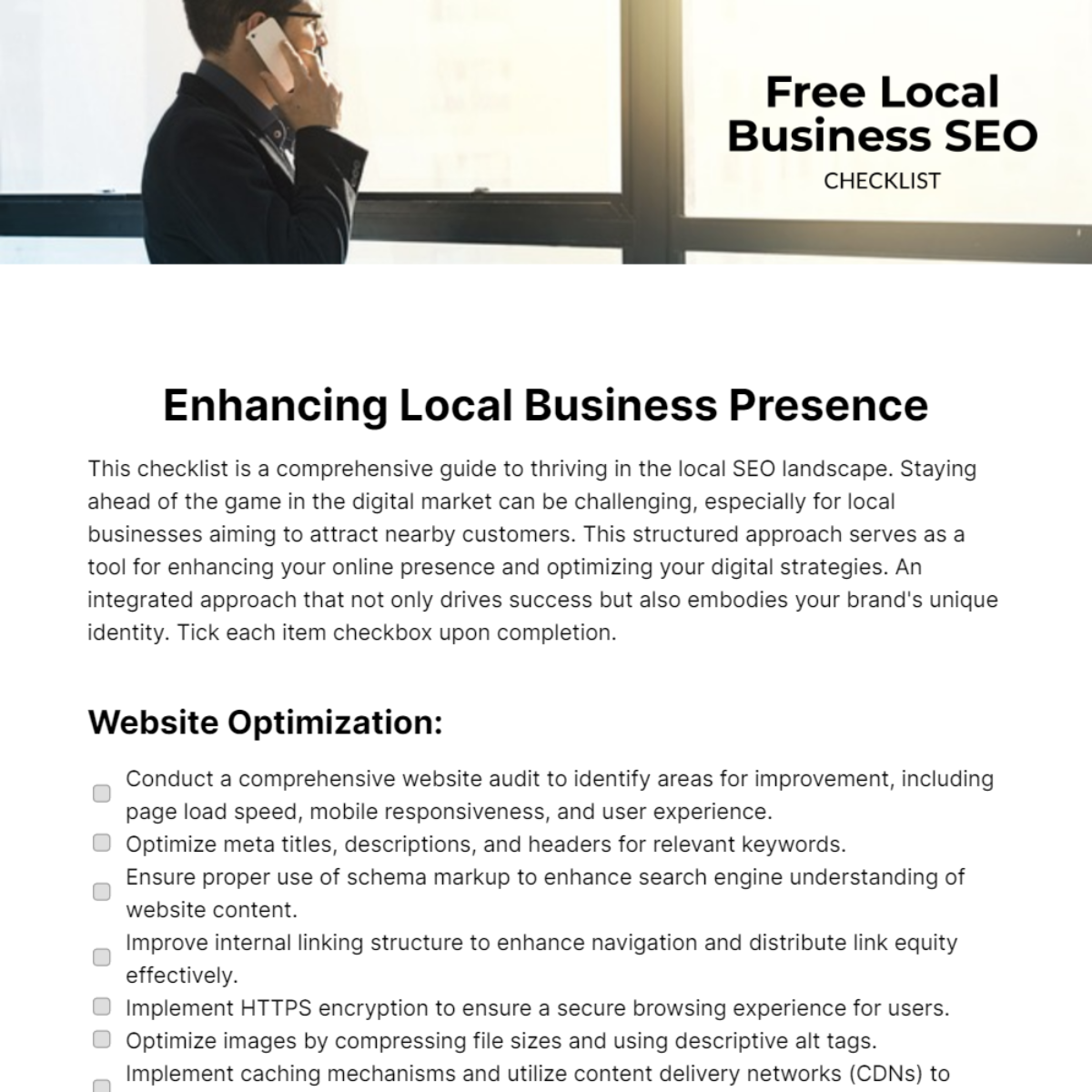
This checklist is a comprehensive guide to thriving in the local SEO landscape. Staying ahead of the game in the digital market can be challenging, especially for local businesses aiming to attract nearby customers. This structured approach serves as a tool for enhancing your online presence and optimizing your digital strategies. An integrated approach that not only drives success but also embodies your brand's unique identity. Tick each item checkbox upon completion.
Website Optimization:
Conduct a comprehensive website audit to identify areas for improvement, including page load speed, mobile responsiveness, and user experience.
Optimize meta titles, descriptions, and headers for relevant keywords.
Ensure proper use of schema markup to enhance search engine understanding of website content.
Improve internal linking structure to enhance navigation and distribute link equity effectively.
Implement HTTPS encryption to ensure a secure browsing experience for users.
Optimize images by compressing file sizes and using descriptive alt tags.
Implement caching mechanisms and utilize content delivery networks (CDNs) to improve website performance.
Monitor website analytics regularly to track performance metrics and identify areas for further optimization.
On-Page SEO:
Conduct keyword research to identify relevant keywords for targeting on each page.
Optimize page titles, meta descriptions, and headers with targeted keywords.
Create high-quality, relevant content that incorporates targeted keywords naturally.
Optimize URL structures to be descriptive and include targeted keywords where appropriate.
Ensure proper use of heading tags (H1, H2, etc.) to structure content effectively.
Optimize images with descriptive file names and alt text containing targeted keywords.
Improve internal linking to distribute link equity and guide users to relevant content.
Monitor and update content regularly to keep it fresh and relevant to both users and search engines.
Local Listings and Reviews:
Claim and optimize your business listings on major platforms such as Google My Business, Yelp, and Bing Places for Business.
Ensure NAP (Name, Address, Phone Number) consistency across all local listings and directories.
Encourage satisfied customers to leave positive reviews on relevant platforms.
Respond promptly and professionally to both positive and negative reviews to demonstrate engagement and commitment to customer satisfaction.
Monitor and address any inaccuracies or duplicate listings that may arise.
Utilize local structured data markup to provide search engines with additional information about your business and improve visibility in local search results.
Implement a review generation strategy to consistently acquire new reviews from satisfied customers.
Social Media and Content Marketing:
Develop a content calendar outlining topics, formats, and publishing schedules for social media platforms.
Create high-quality, engaging content tailored to each social media platform and audience demographic.
Utilize social media management tools to schedule posts and track performance metrics.
Engage with followers by responding to comments, messages, and mentions promptly and authentically.
Run targeted social media advertising campaigns to reach specific audience segments and promote products or services.
Collaborate with influencers or industry partners to expand reach and credibility.
Monitor social media analytics to evaluate performance and make data-driven decisions for future content and campaigns.
Incorporate user-generated content (UGC) into social media strategy to foster community engagement and advocacy.
- 100% Customizable, free editor
- Access 1 Million+ Templates, photo’s & graphics
- Download or share as a template
- Click and replace photos, graphics, text, backgrounds
- Resize, crop, AI write & more
- Access advanced editor
Dominate local search with our top-quality Local Business SEO Checklist Template from Template.net. Customizable to your business and location, this tool maximizes visibility within your community. Utilize our Ai Editor Tool to tailor strategies effortlessly, attracting more local customers and growing your business. Make this editable checklist yours right away!
You may also like
- Cleaning Checklist
- Daily Checklist
- Travel Checklist
- Self Care Checklist
- Risk Assessment Checklist
- Onboarding Checklist
- Quality Checklist
- Compliance Checklist
- Audit Checklist
- Registry Checklist
- HR Checklist
- Restaurant Checklist
- Checklist Layout
- Creative Checklist
- Sales Checklist
- Construction Checklist
- Task Checklist
- Professional Checklist
- Hotel Checklist
- Employee Checklist
- Moving Checklist
- Marketing Checklist
- Accounting Checklist
- Camping Checklist
- Packing Checklist
- Real Estate Checklist
- Cleaning Checklist Service
- New Employee Checklist
- Food Checklist
- Home Inspection Checklist
- Advertising Checklist
- Event Checklist
- SEO Checklist
- Assessment Checklist
- Inspection Checklist
- Baby Registry Checklist
- Induction Checklist
- Employee Training Checklist
- Medical Checklist
- Safety Checklist
- Site Checklist
- Job Checklist
- Service Checklist
- Nanny Checklist
- Building Checklist
- Work Checklist
- Office Checklist
- Training Checklist
- Website Checklist
- IT and Software Checklist
- Performance Checklist
- Project Checklist
- Startup Checklist
- Education Checklist
- Home Checklist
- School Checklist
- Maintenance Checklist
- Planning Checklist
- Manager Checklist
- Wedding Checklist
- Vehicle Checklist
- Travel Agency Checklist
- Vehicle Inspection Checklist
- Interior Design Checklist
- Backpacking Checklist
- Business Checklist
- Legal Checklist
- Nursing Home Checklist
- Weekly Checklist
- Recruitment Checklist
- Salon Checklist
- Baby Checklist
- Equipment Checklist
- Trade Show Checklist
- Party Checklist
- Hospital Bag Checklist
- Evaluation Checklist
- Agency Checklist
- First Apartment Checklist
- Hiring Checklist
- Opening Checklist
- Small Business Checklist
- Rental Checklist
- College Dorm Checklist
- New Puppy Checklist
- University Checklist
- Building Maintenance Checklist
- Work From Home Checklist
- Student Checklist
- Application Checklist

